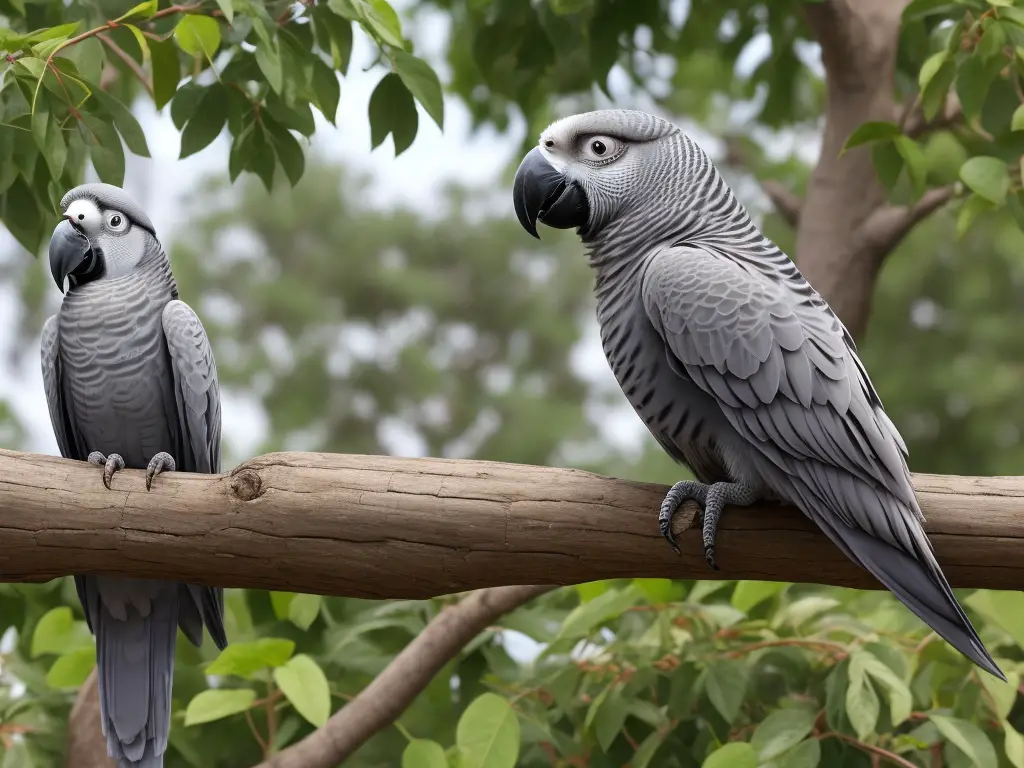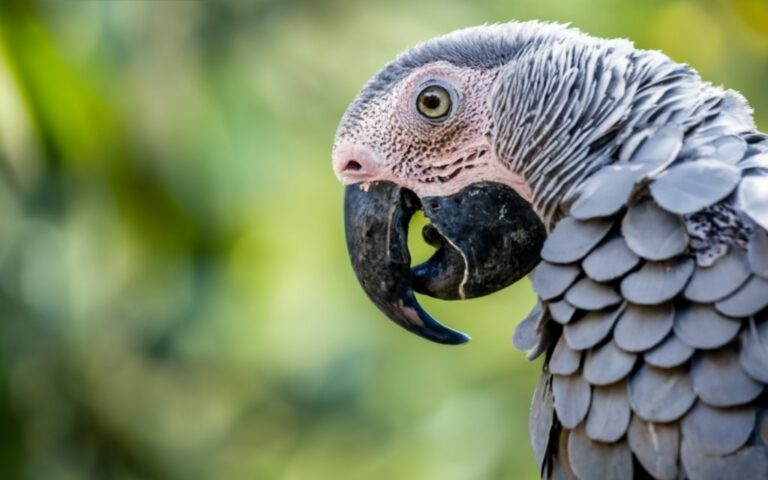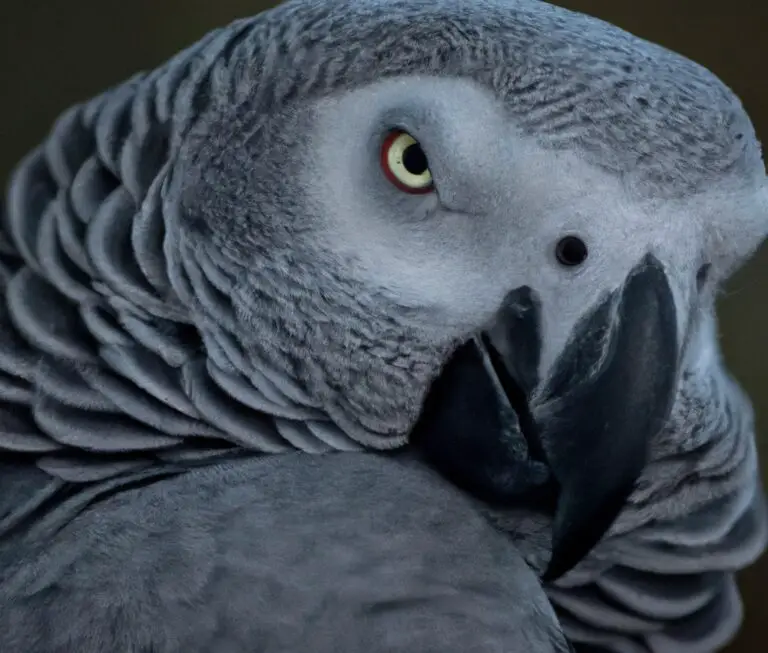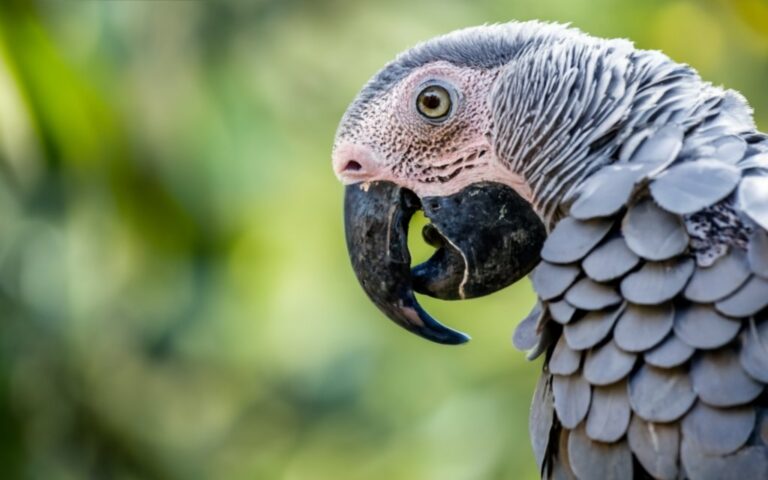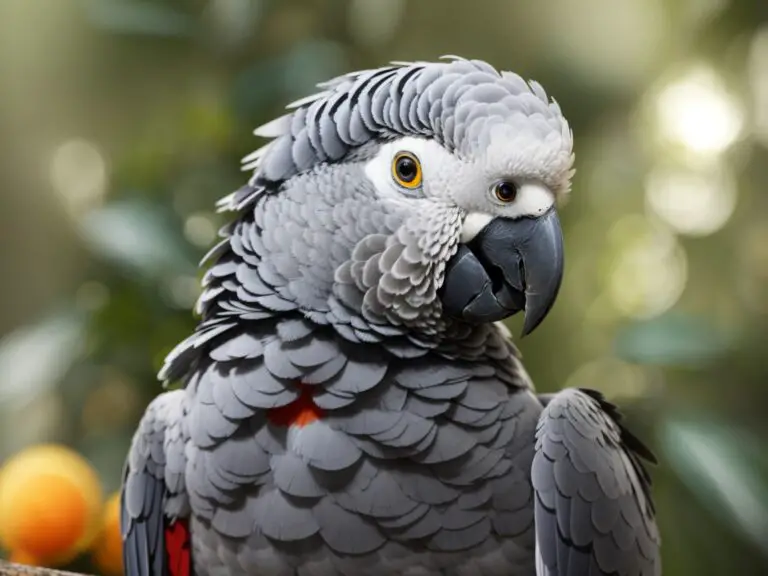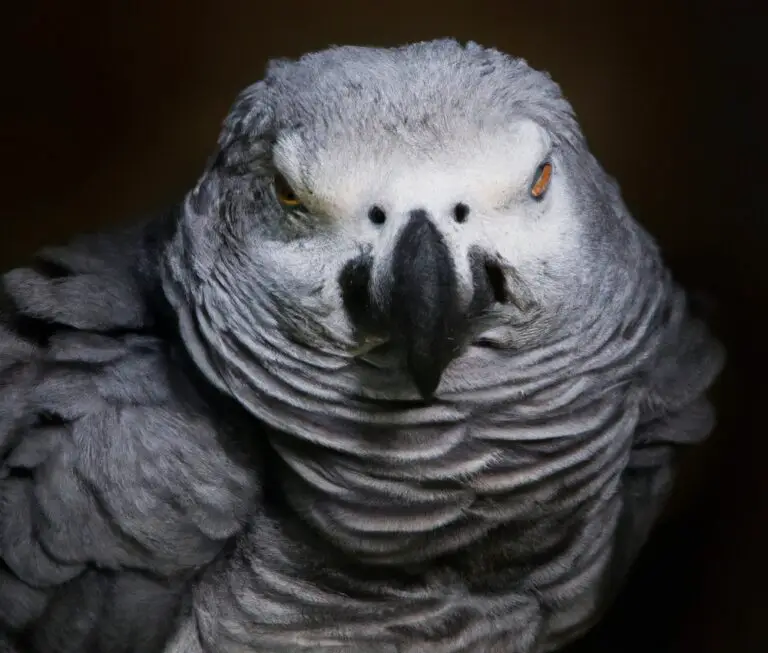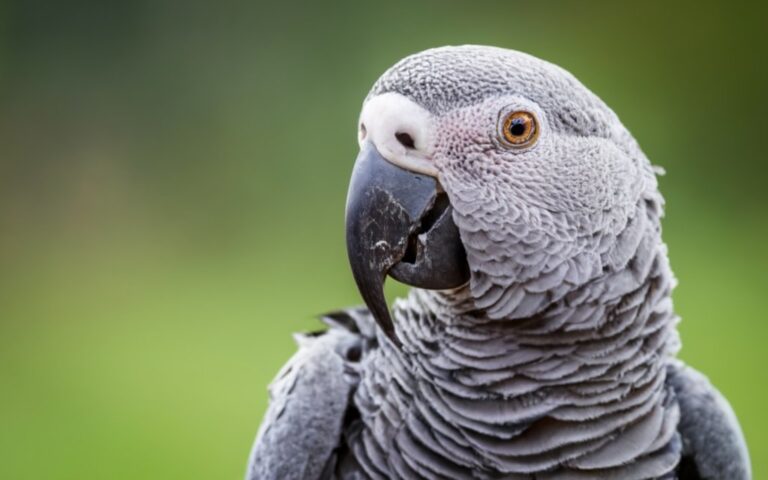What Do You Use To Cover African Grey Parrots’ Cage?
Key Takeaways:
- Use a cage cover to provide a sense of security and privacy for your African grey parrot.
- Choose a cover that blocks out excess light and noise to help your parrot rest and sleep better.
- Make sure the cover is made of safe, non-toxic materials to prevent harm to your parrot.
- Consider using covers with adjustable features to control the amount of light and ventilation in the cage.
Are you a proud owner of an African grey parrot? If so, you know how important it is to create a comfortable and secure environment for your feathered friend.
One essential aspect of this is choosing the right cage cover.
But with so many options available, how do you know which one is best for your parrot? In this article, we’ll explore the importance of covering your African grey parrot’s cage and the factors to consider when choosing a cage cover.
We’ll also dive into the different types of covers available and provide tips on how to effectively use them.
So, let’s get started and give your parrot the cozy retreat it deserves!
| Pros | Cons | |
|---|---|---|
| 1. Light-coloured cloth | Provides a bright and airy environment | May show stains easily |
| 2. Dark-coloured cloth | Creates a cozy and secure feeling | May absorb too much heat |
| 3. Mesh cover | Allows proper ventilation | May not provide complete darkness for sleeping |
| 4. Plastic cover | Easy to clean and maintain | May trap moisture and lead to mold |
| 5. Bamboo blinds | Provides privacy while allowing airflow | May accumulate dust and require regular cleaning |
Why is it important to cover a African grey parrot’s cage?
Covering an African grey parrot’s cage is crucial.
It provides a sense of security, reduces stress, and mimics their natural sleeping environment.
It also helps regulate light and noise levels, promoting better sleep and preventing overstimulation.
Factors to consider when choosing a cage cover for African grey parrots
When choosing a cage cover for African grey parrots, consider factors such as material and durability, size and fit, light and noise control, and ease of cleaning and maintenance.
Material and durability
Material and durability are important factors to consider when choosing a cage cover for African grey parrots. Opt for a cover made of high-quality materials that can withstand the parrot’s beak and claws.
Look for covers that are tear-resistant, easy to clean, and have strong seams to ensure long-lasting use.
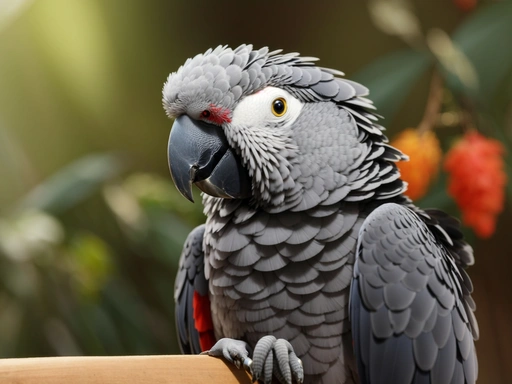
Size and fit
Size and fit are important factors to consider when choosing a cage cover for your African grey parrot.
Make sure to measure your parrot’s cage accurately and choose a cover that fits snugly.
The cover shouldn’t be too small or too big, as this can cause discomfort or allow your parrot to escape.
It’s best to choose a cover specifically designed for African grey parrot cages to ensure the perfect fit.
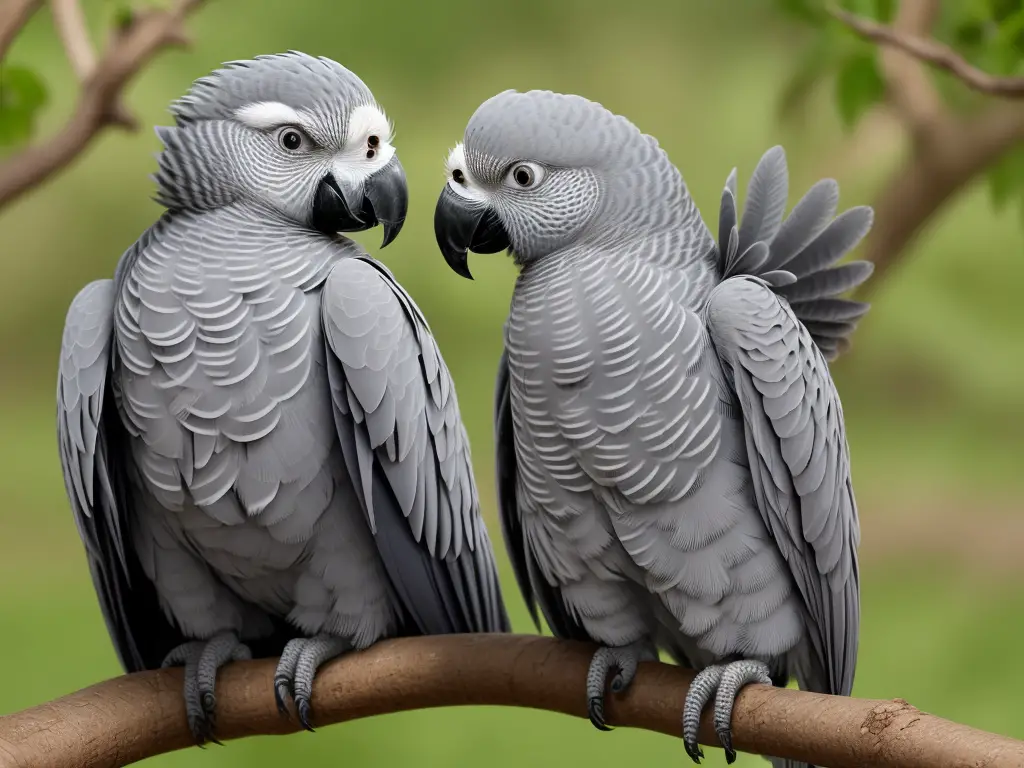
Light and noise control
Light and noise control is important for African grey parrots to have a peaceful and restful environment. A good cage cover should be made of thick and opaque material to block out excess light.
It should also be designed to minimize noise from the surroundings.
This helps the parrot feel secure and promotes better sleep.
Ease of cleaning and maintenance
Cleaning and maintaining a cage cover for your African grey parrot should be easy and hassle-free.
Look for a cage cover that is machine washable, allowing you to easily remove any dirt or stains.
Additionally, choose a cover that is durable and resistant to damage, as this will help prolong its lifespan and reduce the need for frequent replacements.
Regularly cleaning and maintaining the cage cover will ensure a clean and healthy environment for your parrot.
Different types of cage covers for African grey parrots
There are different types of cage covers available for African grey parrots, including fabric, plastic, and metal options, as well as DIY alternatives.
Fabric cage covers
Fabric cage covers are a popular choice for covering African grey parrots’ cages. They provide privacy, help create a cozy sleeping environment, and can block out light and noise.
When choosing a fabric cover, consider factors like material, durability, size, fit, and ease of cleaning.
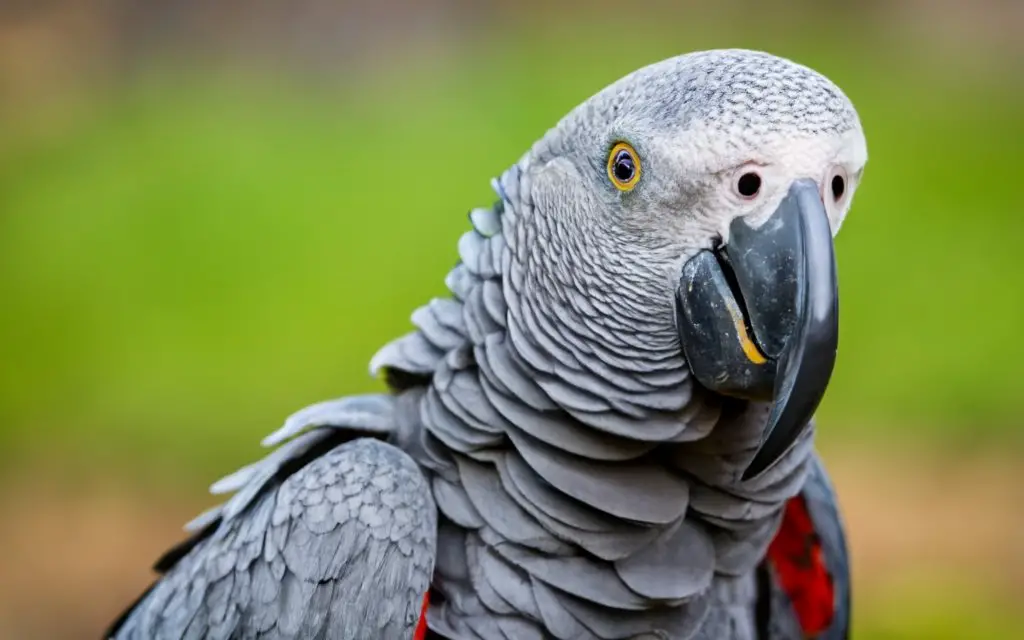
Plastic cage covers
Plastic cage covers are a popular option for African grey parrots.
They are lightweight, durable, and easy to clean.
The material provides a barrier against drafts and light, helping to create a cozy and secure environment for your parrot.
Make sure to choose a cover that fits snugly over the cage and has proper ventilation.
Metal cage covers
Metal cage covers are a popular choice for African grey parrots because they are durable and long-lasting. They provide a secure and sturdy barrier, ensuring that your parrot is protected from outside elements and disturbances.
Metal cage covers are easy to clean and maintain, making them a convenient option for pet owners.
They also offer excellent light and noise control, creating a quiet and cozy environment for your parrot to rest and sleep.
DIY alternatives to cage covers
When it comes to DIY alternatives to cage covers for African grey parrots, there are a few options you can try.
One option is to use blackout curtains or blinds to cover the sides of the cage.
This can help block out light and provide a sense of privacy for your parrot.
Another option is to use a thick, dark-colored fabric such as fleece or flannel to cover the cage.
Make sure the fabric is securely attached and doesn’t pose a safety risk for your bird.
Additionally, you could create a makeshift cover using cardboard or foam boards, which can be cut to fit the dimensions of the cage.
Just make sure to provide enough ventilation and monitor your parrot’s reaction to ensure they’re comfortable with the DIY cover.
How to choose the right cage cover for your African grey parrot
Assessing your parrot’s needs and preferences
Assessing your parrot’s needs and preferences involves considering aspects such as their comfort, temperament, and habits. Take note of your parrot’s reactions to different types of covers, their behavior when covered, and their preferred sleeping habits.
Lastly, observe any signs of anxiety or stress when covered or uncovered.
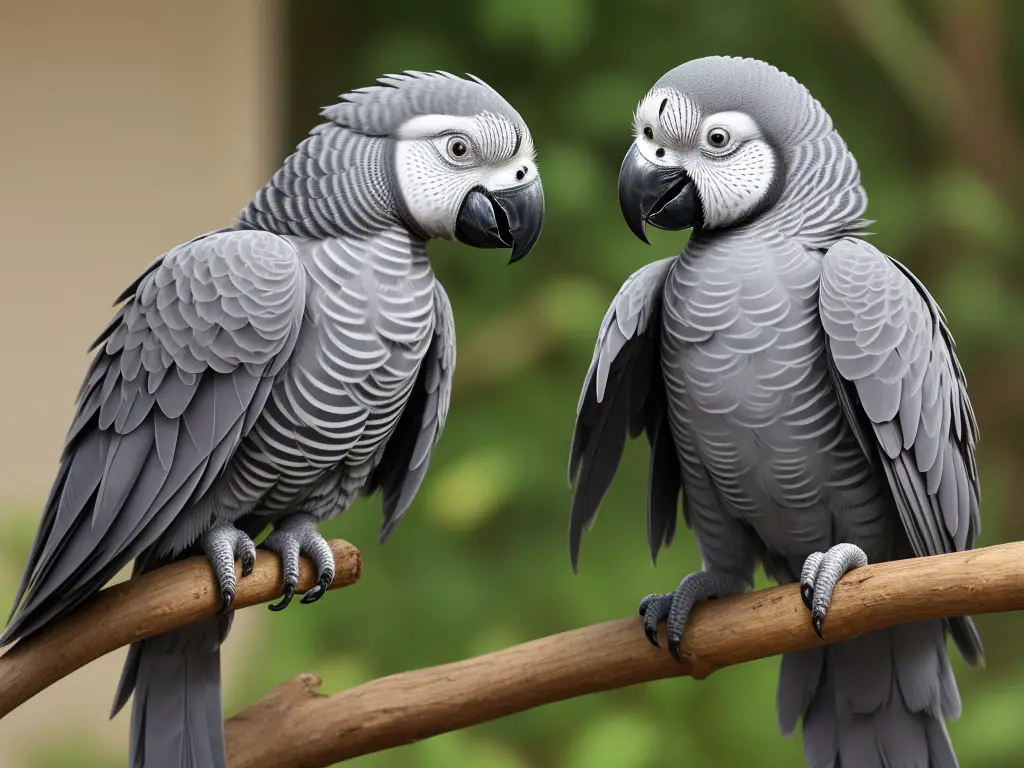
Consulting with an avian veterinarian or expert
Consulting with an avian veterinarian or expert is essential when choosing a cage cover for your African grey parrot.
They can provide valuable insights and recommendations based on their knowledge and experience.
They can help assess your parrot’s specific needs and preferences, ensuring you select the most suitable cover.
Their expertise can guide you in maintaining your parrot’s health and overall well-being.
Budget considerations
Budget considerations are an important factor when choosing a cage cover for your African grey parrot. Consider your budget and look for options that fit within your price range.
Keep in mind that while cost is important, it’s also essential to choose a cover that is durable and meets your parrot’s needs.
Research different brands, compare prices, and read customer reviews to make an informed decision.
Reading customer reviews and recommendations
To ensure you choose the right cage cover for your African grey parrot, reading customer reviews and recommendations can be incredibly useful. Look for reviews from other owners who have African grey parrots and see what they have to say about specific cage covers.
Pay attention to any feedback on the quality, material, durability, and how effective the cover is in controlling light and noise.
Keep an eye out for any comments on ease of cleaning and maintenance as well. These insights can help you make an informed decision and find the best cage cover for your parrot.
Tips for effectively using a cage cover for African grey parrots
When using a cage cover for your African grey parrot, gradually introduce it and establish a consistent routine to ensure effectiveness.
Gradual introduction and acclimation
To gradually introduce and acclimate your African grey parrot to a cage cover, start by placing it near the cage for a few days so they can get used to its presence. Then, drape it partially over the cage to allow the bird to see outside while still providing some coverage.
Slowly increase the coverage over time until the cage is fully covered.
Observe your parrot’s reactions and adjust accordingly. Patience and consistency are key.
Establishing a consistent routine
Establishing a consistent routine for your African grey parrot is crucial for their well-being.
Start by covering their cage at the same time every day, creating a predictable schedule.
Gradually increase the amount of time the cover is on to help them adjust.
Be consistent with bedtime and wake-up time to provide stability.
Regularity will help your parrot feel secure and reduce stress.
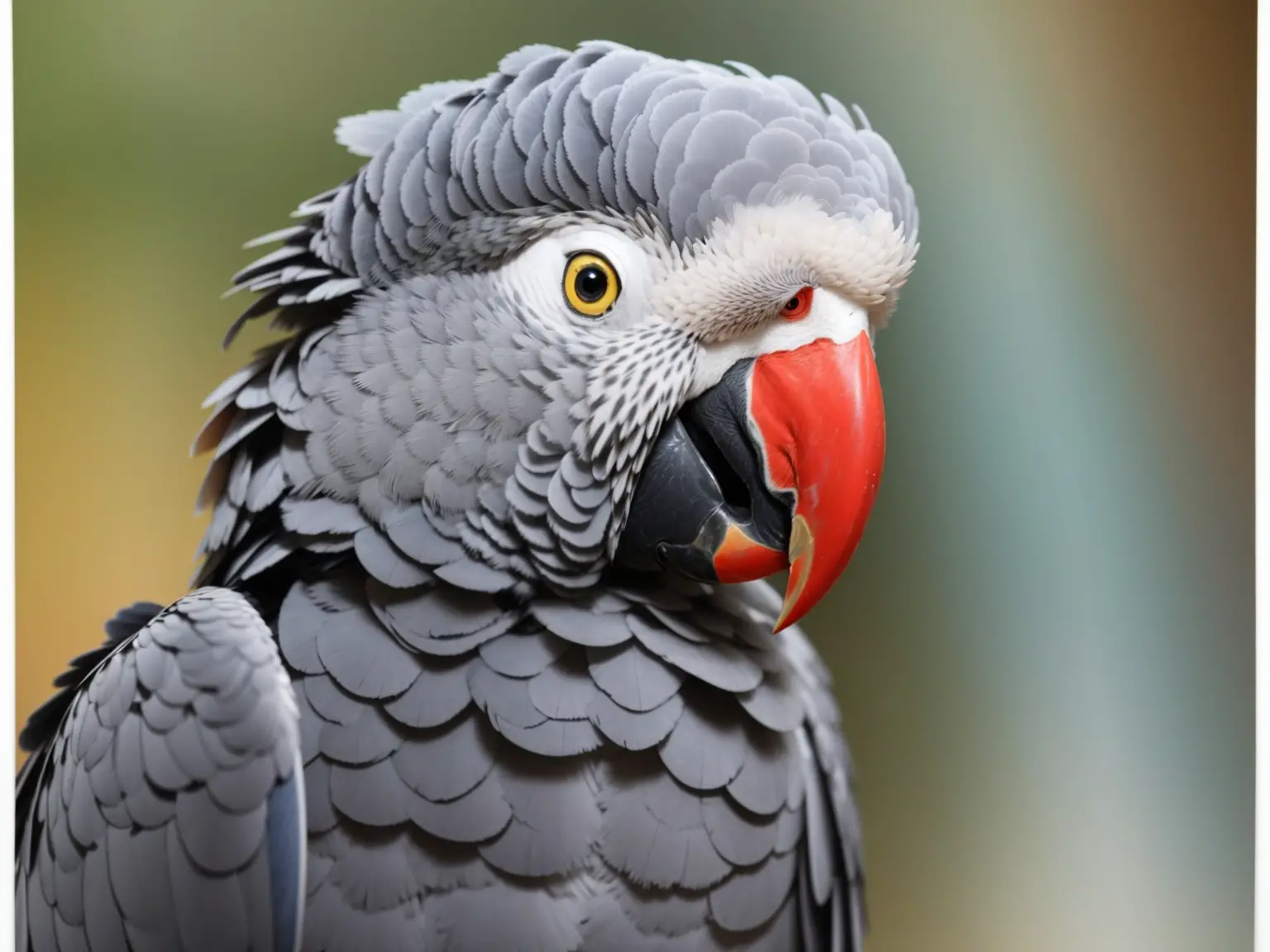
Ensuring proper ventilation and temperature control
Proper ventilation is crucial for your African grey parrot’s cage. Ensure that the cage cover allows for sufficient air circulation to prevent stuffiness and excessive heat buildup.
Additionally, consider the temperature of the environment and avoid using thick or heavy covers that can trap heat.
Monitoring the temperature and adjusting the cover accordingly will help maintain a comfortable and safe environment for your parrot.
Regular cleaning and maintenance
Regular cleaning and maintenance of the cage cover is essential to ensure a clean and healthy environment for your African grey parrot.
It is recommended to follow the manufacturer’s instructions for cleaning.
Generally, you can spot clean the cover as needed and wash it regularly using a gentle detergent.
Make sure to dry it thoroughly before placing it back on the cage.
Regular cleaning helps to prevent the buildup of dirt, debris, and bacteria, promoting a hygienic and comfortable space for your parrot.
Frequently Asked Questions about covering African grey parrot cages
Can I use any type of fabric to cover my parrot’s cage?
No, you can’t use any type of fabric to cover your parrot’s cage. It’s important to choose a fabric that is safe, durable, and non-toxic.
Look for bird-safe fabrics that are easy to clean and won’t fray or release fibers.
Polyester or cotton blends are good options. Avoid fabrics with loose threads, dyes, or chemicals that could be harmful to your parrot.
How often should I clean and wash the cage cover?
It is recommended to clean and wash the cage cover for your African grey parrot on a regular basis, at least once every two weeks. However, the frequency may vary depending on factors such as how often your parrot soils or stains the cover.
It’s important to maintain a clean and hygienic environment for your parrot’s well-being.
Can I leave the cage cover on all day?
Leaving the cage cover on all day can be detrimental to your African grey parrot’s well-being. It’s important to strike a balance.
Cover the cage at night to provide a quiet and restful environment, but ensure that during the day the cover is removed to allow for proper ventilation and social interaction.
What are the signs that my parrot doesn’t like the cage cover?
Signs that your parrot doesn’t like the cage cover include:
- Squawking or screaming loudly when the cover is on.
- Constantly trying to remove or chew through the cover.
- Displaying anxious behavior, such as pacing or excessive wing flapping.
- Refusing to go into the cage or becoming agitated when near it.
- Excessive preening or feather plucking while the cover is on.
- Restlessness or difficulty sleeping when the cage is covered.
- Aggression or biting when attempting to put on or remove the cover.
Can a cage cover help with reducing noise from my parrot?
Yes, a cage cover can help reduce noise from your parrot.
It provides a sense of security and can help create a quiet and cozy environment for your bird.
The cover blocks out external stimuli and may help minimize excessive vocalizations.
Just make sure to choose a cover made of a material that absorbs sound well and fits your parrot’s cage properly.
Final Verdict
Choosing a suitable cage cover for your African grey parrot is essential for their well-being and comfort.
Factors to consider include material and durability, size and fit, light and noise control, and ease of cleaning.
There are different types of cage covers available, including fabric, plastic, metal, and DIY alternatives.
It is important to assess your parrot’s needs, consult with an avian veterinarian or expert, consider your budget, and read customer reviews before making a decision.
Tips for effectively using a cage cover include gradual introduction, establishing a consistent routine, ensuring proper ventilation and temperature control, and regular cleaning.
Remember, a well-chosen cage cover can make a significant difference in your parrot’s happiness and overall behavior.

